Good morning, and welcome back to Coverin’ the Bases. We hope all are well, and getting ready for the weekend, as one more time, it’s here!
I don’t know about the rest of you but time literally flies by anymore! My Dad always used to tell me, “Son…whatever you do, don’t get old.” Shoot, he was good at telling me not to do it, but he never told me how not to!
He was telling me a while back, that he’d told my mom, “Ruth, whatever you do, don’t buy green bananas! Git’ ‘em ripe, so I know I’ll have time to eat them!” Both him and her are a mess.
Today let’s look at a comment we had, and talk about it for a minute or two. I tell you, if you guys don’t look at the comments from time to time, you really miss out on some good information, and most of it is furnished by you guys.
Heck, you know Deb or I either one aren’t that smart, though Deb is the smarter of the two!! Even with that being the case that sure ain’t saying much for her, the poor thing, when you’re stacking her up against me.
Yesterday Bonnie from North Carolina wrote, and was talking about water hyacinths, and this is what she had to say….
Can’t wait to try the club soda. Fire ants are a definite problem here now. It’s funny about your “bee lady”. I got the Listerine and dish detergent info from a bee keeper!
My dad was a firm believer in DDT and Malathian, and none of us ever had big problems. I guess if I have made it to my “golden years” without insecticide problems it really didn’t have much effect on me. I want to throw another question out there to y’all!
I used to live down that way when my kids were growing up. We had a large lake on our property that eventually was almost covered up with water hyacinths.
They grew by leaps and bounds. It was a never-ending job to keep them pulled out to even make a path for the boat or swimming. Finally, my dad said he thought he could help with the elimination of them. I told him to “be my guest”! He showed up that weekend with a few large sacks of FERTILIZER, loaded it in the boat and away he went, casting big handfuls of fertilizer over the entire lake. In a few days the hyacinths were large and green, but then they started dying like flies. We had to clear the lake of the “scum” left behind, but for the most part they were dead! I called Daddy. He said he wasn’t sure it would work when he did it, but someone had told him that a good fertilizer would make them grow so fast the little “bulbs” on the leaf stems would out-grow themselves, pop, and croak over. Apparently, the info-giver was right, or…………..was it just their time to go home to “Hyacinth Heaven”? Any comments from you wise Florida crackers?
For all you that are out there an don’t know what water hyacinths (Eichhornia Crassipes) are, they’re a VERY invasive plant species here in Florida, and I’m sure the entire Southeast, and probably even range further than that, although I’m not sure.
Research:
Take a look at this link, and watch the short video, I think it will interest you.
The hyacinth is native to Brazil, and found its way here, they believe in the late 1800s. It’s been in Florida for over 100 years, and is very detrimental to the waterways. In fact, if left alone, it can make boating, fishing or other types of water activity impossible.
Example; One, single plant can grow to cover over an acre…in a single growing season! One acre of water hyacinths can weigh over 200 tons.
Within 70 years after reaching Florida, the plant had covered over 126,000 acres of waterway. Water hyacinth mats degrade water quality by blocking the air-water interface and greatly reducing oxygen levels in the water, eliminating underwater animals such as fish.
They introduced the mottled water hyacinth beetle in Florida in 1972 to combat the hyacinth. It was evidently fairly successful here in Florida and is now used in other waterways throughout the States, and even world-wide.
It has worked well in Louisiana and has reduced the production of the hyacinth, by reducing the plants height and weight, and also root control of the plant. The beetle is native to Argentina.
They have mechanical harvesters now, which I’ve seen work, that helps rid the waterways. They say they have mechanical grinders, which supposedly grind the hyacinth up, and shoots the ground material back into the waterway.
To me, this seems as if you would be creating another problem by doing this…putting the ground up hyacinths back into the waterway.
We used to live on Lake Marion, here in Central Florida. The bottom of this lake was COVERED in muck. Actually is not muck really, just a bed of decomposing material that literally lays on the bottom of the lake bed. Where did this come from? Hydrilla. Which is another invasive plant, once again, not native to the States.
Another link to check out; You ought to watch the video in this link as well.
They believe it originated in Florida from Miami and Tampa, after being in fish aquariums.
This layer, as the people who have lived on the lake told me, was caused by aerial “seeding” of the lake. The hydrilla became so bad, that you couldn’t hardly run your boat in the lake.
Evidently, on account of this, I’m assuming it was the State, came in and distributed some type of herbicide possibly, though again I’m not sure what they used, via plane, and this killed the hydrilla off. Unfortunately, by doing so, this created this decomposing hydrilla and caused all this “junk” layering the lake bottom.
I’ve seen this on Lake Cypress personally, literally so thick it just caused your boat motor to overheat because of the hydrilla being so thick, it kept the prop on your motor clogged up. It’d just wrap up on it. It’s bad when it gets to that point.
Hydrilla is a plant that grows from under the surface, from the bottom up, they say it can grow in water up to 20 feet deep, and will grow to the surface.
Hyacinths grow on the surface, and free-float mostly and can be transported by the wind and wave action.
It too is now harvested by mechanical harvesters.
So Miss Bonnie, in regards to your question, “Will fertilizer kill water hyacinths?” My answer would have to be yes. The reasoning I say this is simply…you already told me it did! LOL!!!
Honestly Bonnie, I could find nowhere, anything to verify this, although I did look to give you something to back it up. Sorry. Maybe someone else will chime in with regards to this. C’mon somebody…help us out here.
I do know that here today, doing such, you’d probably be saying hello to your brother in Bartow…probably from the wrong side of the room, if you’re catchin’ my drift.
In Apopka, they shut down literally thousands of acres of muck farmland around Lake Apopka, a few years back. Thousands of acres. The State bought the farmland out! Claims the run-off fertilizers, caused irreparable damage to the lake.
Good , good farmland shut down, by the Government. Supplying food to people throughout the U.S and probably the world, okay? Runoff fertilizer.
Wouldn’t you think that all those boats, burning fuel and oil, having breakdowns while on the water, might have a little something to do with that also? Could it possibly be caused from all the dredging of canals, or man-made rivers allowing the boaters to navigate from one lake to another, getting rid of natural watersheds maybe be a problem too?
But we’re going to destroy a very, very strong food supply to feed us…because fertilizer runoff killed the lake. I wonder how many townships around the lake were pumping wastewater into Lake Apopka as well. Maybe they need to dig into that scenario also.
Oh, I forgot! They’re the power! THEY make the rules, right or wrong! They know much better than anyone else, which is in many to most cases, not the case. But if you disagree, please go back to the first statement…they’re the power…’nuff said, huh?
I remember they did a study, they I’m almost positive, being the University of Florida. They believed the most problem caused to Lake Apopka was from Hurricane damage. What I mean by this is that during a major hurricane, the lake bottom will turn.
This meaning, I believe, is that when the bottom turns, oxygen is depleted, or it releases methane gas, thus causing massive fish kills. I saw this on Lake Marion in the storms of 2004, and also the same thing, caused by the same storms on Lake Norris.
If I’m wrong on my description of what happens of the bottom turning on lakes, please correct me if needed. I’d like to know myself.
One other point I remember in regards to Lake Apopka, and again, I don’t remember exact time frames, but the State was told, NOT TO RAISE THE LAKE LEVEL BEFORE SO MUCH TIME PASSED, I BELIEVE YEARS! The reason was the soil around the lake that had been farmed, did in fact need to lay dormant, and I’m assuming to leech out.
Well, the State didn’t wait anywhere near long enough, and flooded the farmland anyway. The result…MASSIVE BIRD AND FISH KILLS!
But, the government did it, so guess what…no accountability! If that would have been a private firm, or citizen, you’d have probably never seen the light of day again!
One other point real quick.
My Dad was born on Catfish Creek, off Lake Hatchnieha. He hadn’t been on the lake for years and years, and asked me to go down there again with him, because he just wanted to see it. I did.
We got out on the lake and he was literally almost sick. The water is dirty now, all kinds of weed growth in it, floating islands or tussets of bullrush, and cat-tails, and whatever else it is.
He looked at me and said, “Son, what you see is damage done by the State and Feds. This is a good example of cutting all these ditches and canals through our water systems. This allowing them to raise and lower the water table, and no longer having the natural watersheds, these lakes had for thousands and thousands of years.”
He continued on, “When I grew up on these lakes, son, there was only grass lines along the shore, and the water was clear. All the bottoms were good, clean sand bottoms, and what I see here today sickens me.”
We hadn’t spent 30 minutes on the lake and he was ready to go. Remembering what it was when he was a child, and seeing what it had become was just too drastic a change for him. To be honest, most of our lakes in Florida aren’t pristine any longer.
With that said, I’m gonna close up shop for the day. Bonnie, I’m sorry once again for not answering your question, but we’ll do better next time.
Thank you all for stopping by once again, and God Bless you!
Dub and Deb
A quick laugh before we get out of here today…
The seven dwarfs always left to go to work in the mine early each morning.
As always, Snow White stayed home doing her domestic chores.
As lunchtime approached, she would prepare their lunch and carry it to the mine.
One day as she arrived at the mine with the lunch, she saw that there had been a terrible cave-in. Tearfully, and fearing the worst, Snow White began calling out, hoping against hope that the dwarfs had somehow survived. ”Hello…Hello!” she shouted, “Can anyone hear me? Hello!”
For a long while, there was no answer. Losing hope, Snow White again shouted, “Hello! Is anyone down there?”
Just as she was about to give up all hope, she heard a faint voice from deep within the mine, singing;
”Re-elect Barrack Obama, vote for Barrack Obama….”
Snow White fell to her knees and prayed, “Oh, thank you, God! At least Dopey is still alive.”

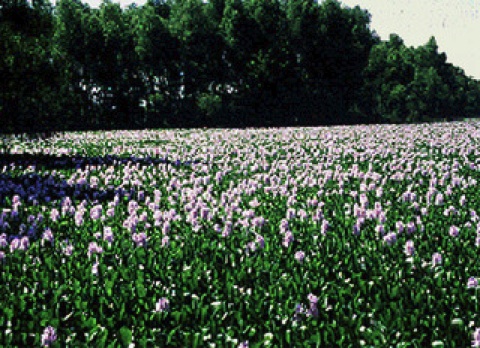
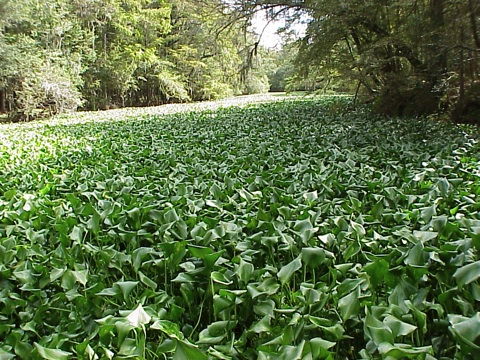
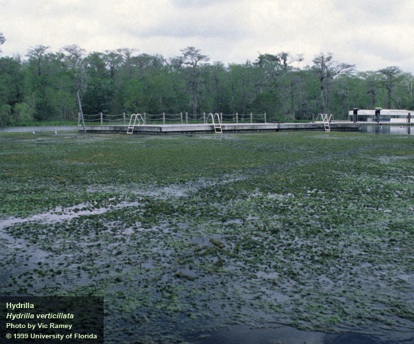
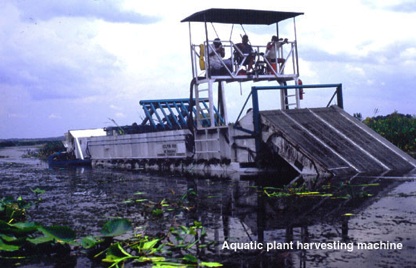
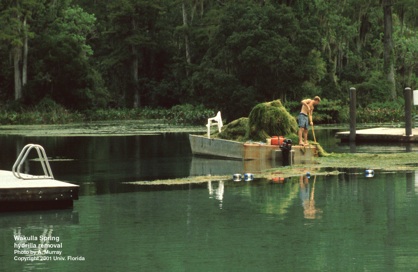
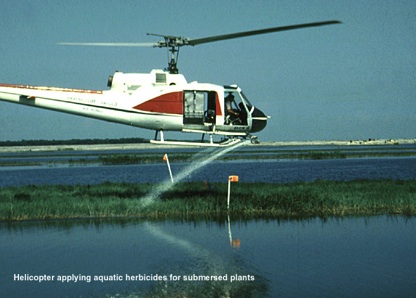
Many thanks, Dub and Deb, for foraging out a non-answer for me! Okay, so I will always wonder, and my dad is probably chuckling from “Up There” knowing what he REALLY did but won’t tell me. However, we did not let them rot and sink. Me, my kids and the neighborhood kids literally pulled ‘em out, piled ‘em up, let ‘em finish rotting, and then they went into the garden. As much as all the young’uns loved that lake, they were happy to help keep it clean! Kids were different back then. They actually learned how to (GASP!) WORK! Okay, we will now navigate away from the hyacinths (thanks for the spelling lesson, BTW), and go to another “lake subject”.
I have eaten my share of cattail sprouts, which a “survival food” guide told me were extremely nutricious. I did not like the “flat bread” he made from pounding the dried brown parts of them, but I LOVED the sprouts. Now, these you have to get by feeling under the water to the roots of the plant. It’s the “bulges” on the roots that you harvest. These eventually poke their heads about water, grow the green blades of the plant, and then the bloom grows. Anyway, you have to get them before they complete their growing process above water. The first ones I ate were just boiled in a little pot, drained, and eaten with a dab of salt. Good stuff. Anyway, it is apparently a nutricious food supply in emergency situations. I later gathered some, sliced them and put them in a skillet with some green beans for a type of stir-fry dish. Maybe it was just the bacon drippings that I insist on using, but again, they were great! Thankfully, I didn’t have to fight a water moccasin for them!
DANG! Can’t believe I spelled hyacinths wrong. My botany professor would have given me a big, fat, “F” for that one!